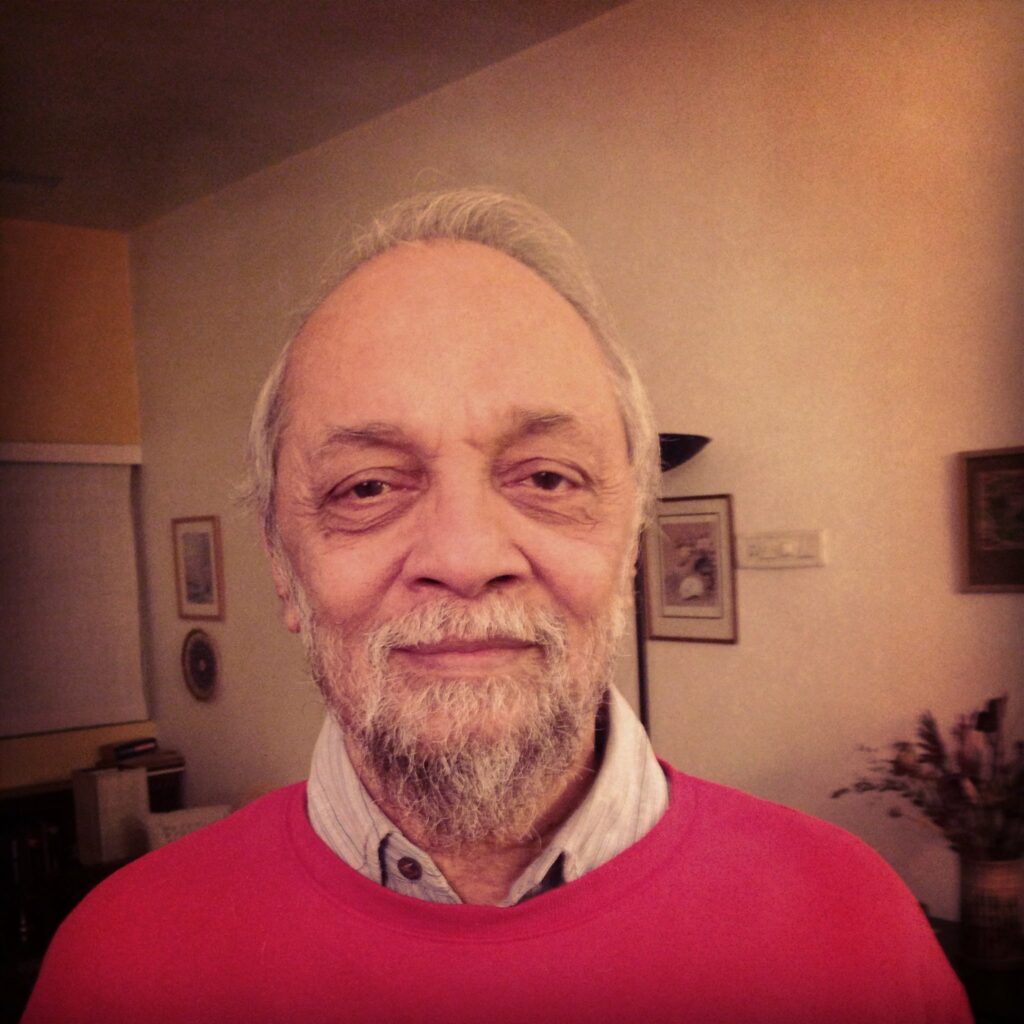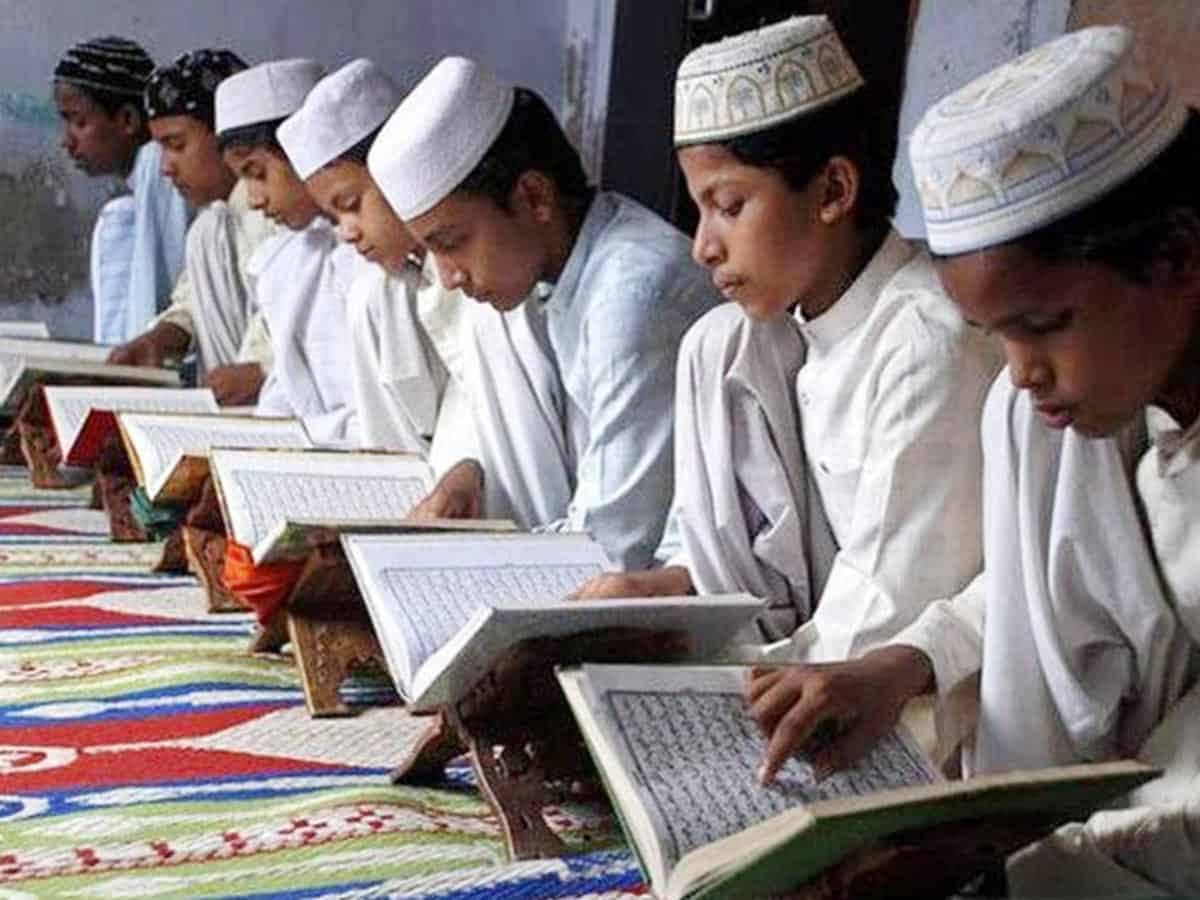Social Scientist Dr. John Kurrien
In a recent study compiled by Pune-based social scientist John Kurrien has set a 3-point agenda for education for Indian Muslims who constitute 14.2% of India’s population.

Kurrien who was earlier associated with Tata Institute of Social Sciences (TISS), says the community should ensure that all children complete a full cycle of 12 years of quality school education from classes 1 to 12 leading to relevant learning outcomes by 2030 AD. Secondly, they also need to ensure that all kids between birth and 6 years should be able to access the benefits of Early Childhood Development programmes which include two-year of pre-primary education by 2030. Finally, the community should ensure that Muslim youth outside the formal education system under 25 years have some access to educational opportunities and vocational training.
Currently, 9.9 cr. Muslims fall in the under-25 age category. Given the fact that 80% of Muslims are poor and resourceless, 7.9 cr. would be vulnerable to less or no education at all. These would include 2.1 cr. infants and kids under 6 years; 2.7 cr. school students in classes 1-12; and, 3.1 cr. out of schools and colleges.
Lowest literacy
Muslims had the lowest literacy among all major Indian religious communities. In 2011, of the total number of 28.30 cr. illiterates in India, 26% or 7.40 cr, were Muslims. This proportion of Muslim illiterates of the total Indian illiterate population far exceeded the Muslim proportion of the total Indian population at 14.2%. Since the vast majority of illiterates were between 25 – 65+ years, given the considerable differences in age and aptitude amongst these learners, making even the majority of them literate will be a herculean task.
Low quality
Sixty six per cent Muslim children in India do not complete even eight years of schooling and therefore have limited options for future. And even those who attend schools for eight years remain deprived of quality schooling. Take the example of Maharashtra: A study by the NGO, Pratham indicated primary students in Urdu medium Municipal Corporation School of Mumbai who fare significantly lower in reading and writing than Hindi and Marathi medium students. In Class 3, as many as 54.3% of Urdu medium students were classified as unable to read; and 58.8% as unable to write. The corresponding figures of Class 4 students were not less shocking at 41.2% and 44.6% respectively.
Census data about literacy cannot be relied upon when it comes to quality. While the Census enumerators may record people to be literate they do not have time and competence to judge the functional literacy. Therefore, many of them who are registered as literates, may be functionally illiterate. Kurrien reminds the saying of educationist L. Pritchard: “Schooling is not the same as education.”
What Muslims need to understand is that traditional learning and education will no longer serve the purpose. With jobs becoming obsolescent or requiring new skills, and lifelong learning becoming a necessity, the future will increasingly privilege those with advanced skills of literacy and numeracy, as well as critical thinking skills, to read critically, comprehend and apply information available to them on a range of devices for various utilitarian and other purposes. Especially important are advanced reading and comprehension skills in regional languages and English. Those who do not have these competencies will face a bleak future.
Three Urgent Issues

Muslims need to engage with three important issues: 1-Girls Education, 2- Medium of Instruction and 3- Madrassas. Quoting from World Bank Group’s Girls’ Education Overview, 2017, he says: Girls’ education is a strategic development priority. Better educated women tend to be healthier, participate more in the formal labour market, earn higher incomes, have fewer children, marry at a later age, and enable better healthcare and education for their children, should they choose to become mother. All these factors combined help lift households, communities and nations out of poverty.
Relevance of Urdu medium
According to Kurrien’s study, the number of people declaring Urdu as their first language has declined in 2011 to only 4.2% of the Indian population. If it can be assumed that all or most of these Urdu speakers were Muslims, it would mean that only about 30% of Muslims declared Urdu as their first language. Overall only 0.2% students are enrolled in Urdu medium schools in India. The highest representation is in Maharashtra i.e., 2%. Students do not opt for Urdu medium because education is not available for all 12 years and at some stage break of medium is inevitable which breeds disinterest in education.
Muslims are deserting Urdu medium
Kurrien’s analysis says that pedagogic standards in Urdu schools are abominable; teachers are poorly trained; physical environment of schools is substandard; No material benefits of getting educated through Urdu medium; at the most these students can teach in Urdu medium schools or madrassas; no continuity of education as in most states the Urdu medium instructions are offered only either up to 8th or 10th std; no market relevance of Urdu; neither in Government, nor in market; limited educational resources; absence of scientific knowledge; nor does it impart higher order of thinking skills; wealthy Muslims have abandoned the language in preference to English which has contributed to its further decline.
Rise in demand for English education
Kurrien says there is a rise in demand for English medium education among all communities and all regional languages share the fate of Urdu. English medium schooling is no longer viewed with hostility as culturally alien and the sole preserve of the elite. It is now being explicitly promoted as being absolutely critical and empowering for the poor in contemporary India by diverse spokesmen such as Dalit leader Mayawati and activists Chandra Bhan Prasad, and Kancha Iliah Shepherd. For large sections of Indian society, English medium schooling is the educational panacea.
Is English medium the answer?
Yes, says the author. Beginning more than two decades ago, the demand for English medium schooling by all sections of Indian society has also led to a corresponding decline of not only Urdu, but all regional languages as mediums of instruction. Meeting the demands of ambitious middle class parents, English medium instruction has had a ‘killer’ impact on all other mediums of school instruction. This mass migration to English medium schools by the poor is only likely to increase as the demand for English in various service sectors continues to expand, and all types of professional and prestigious higher education courses continue to be offered in English.
But he says, for this to happen, standard of English medium Government schools will have to be improved.
Kurrien quoting a report titled The Returns to English Language Skills in India, says: Wages for men who have a little fluency in English are 32% higher”. Since service sector jobs (tourism, hospitality, retail, aviation, transport, couriers) is expanding and it being a pan-India phenomenon, English competency and fluency enhances jobs prospects considerably.
Thirdly, the Muslims will have to address the question of Madrassas. Currently, 25.5 lakh students are enrolled in madrassas, recognized as well as non-recognised which constitutes about 7.7% of the total enrolment of 3.3 crore in 2015-16. Since primary goal of madrassa is to produce pious and observant Muslims, and not future critical citizens, madrassas embrace science and other secular subjects from primarily a religious perspective, with no attempt to have a meaningful integration of both world views. Quoting a study on Madrassa Education by Arshad Alam, he concurs that the religious core of the curriculum should itself be questioned and merely adding Science, Mathematics and English will not address the problem. The policy of ‘Add-on subjects’ and sops of funds may only enhance their arguing skills to prove that the basis of genetic engineering lies in the Quran.
Recommendations
Kurrien suggests the following in order to improve literacy and educational standards of the community: 1- Pedagogical reforms required in classes 1 to 3 for acquisition of the 3R’s; focus on interrelated strategies promoting teaching and learning of vulnerable students; Providing remedial education at the primary level and beyond; improving learning in key subjects, especially the teaching of English ; strengthening the teaching of English in Government Regional medium schools; Curricular reform such as Constitutional Principles and values and taking out communal contents; vocationalising school education and its current expansion plans should be discontinued; and, finally professional development of teachers.
For those who would like to go through the entire report in Pdf format, shall log onto the following: http://educationofmuslimsindia.org/
M A Siraj is a veteran journalist and writer based in Bengaluru

